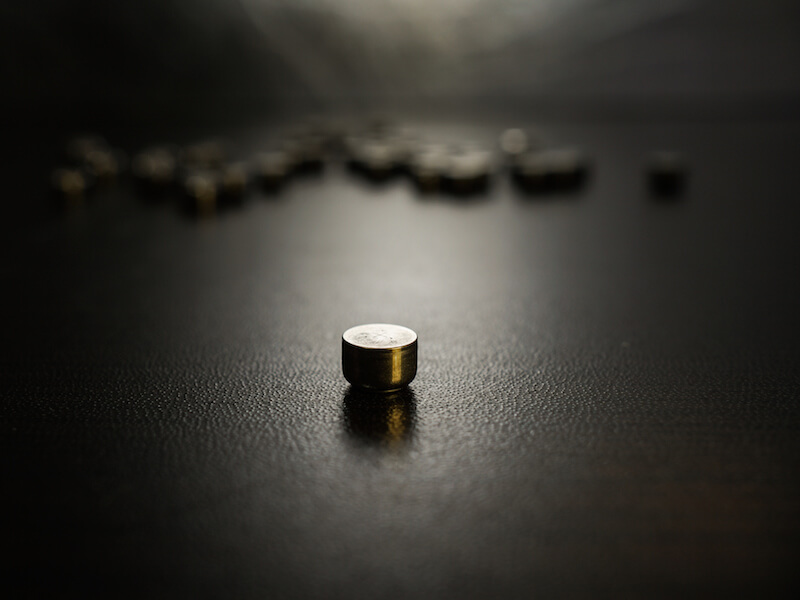
Contemporary technology has changed the way we power electronics of all kinds, from radios to cameras to phones. For years, those looking to address hearing loss have hoped for a similar progression, and the industry is finally recognizing the promise of a robust rechargeable hearing aid battery.
Disposable hearing aid batteries have traditionally been the power source of choice amongst manufacturers, with size 312 batteries being one of the more prevalent battery types. The most prominent form of this battery, now, is “zinc-ion”.
Disposable Hearing Aids Have a Downside
The presence of air impacts a zinc-air battery, as the name indicates. Regarding the 312 batteries used in a lot of hearing aids, the user needs to pull a little tab off the back of the battery before it’s turned on and operational.
The moment it is fully oxygenated, it starts to lose power. So the power is depleting even if the user isn’t actively using it.
The biggest disadvantage to disposable batteries, for the majority of users, is how short they last. Some reports have cited the standard life expectancy of a size 312 disposable battery to be from 3 and 12 days, which means users could switch out their batteries about 120 times per year.
That also means users may need to buy 120 batteries, spend the time twice every week to change them, and properly dispose of each. That’s most likely over $100 in batteries from a cost perspective alone.
Advancements in Rechargeable Batteries
Luckily, for hearing aid wearers looking for another alternative, there have been significant improvements to rechargeable hearing aids that now make them a practical option.
The vast majority of people would use rechargeable hearing aids if given an option according to some research. Until recently these models have historically struggled to provide a long enough charge to make them practical. But modern rechargeable batteries will last all day without needing a recharge.
Users won’t see significant cost savings by changing to rechargeable batteries, but where they will see a demonstrated improvement is in quality of life.
These new models provide less aggravation on top of maintaining a 24 hour charge because the user doesn’t deal with the burden of continuously changing out the batteries. They simply need to put the battery on the charger.
A disposable battery nearing the end of its life simply can’t function at full power. There’s also no exact way to know how near to being inoperable the battery really is. Consequently, users risk putting themselves in a situation where their battery might die at a critical time. A dead battery will not only cause a safety concern, it could cause the user to miss important life moments.
Types of Rechargeable Hearing Aid Batteries
There are unique benefits to each of the different materials that rechargeable batteries are made of. Integrated lithium-ion batteries are one alternative being used by manufacturers because of their ability to hold a 24-hour charge. And cellphones are powered by this same type of battery which may be surprising.
Silver-zinc technology is another material used for today’s rechargeable hearing aids. Initially, these innovative batteries were manufactured for Nasa’s moon missions. You can even use this technology to update and retrofit the existing hearing aids you’re comfortable with by converting the device to rechargeable power. These batteries, similar to lithium-ion, will also last all day before requiring a recharge.
Some models even allow you to recharge the battery while it’s still in the hearing aid. At night, or at some other time when the hearing aid is not being used, the entire hearing aid can be placed directly into the charger
While each of these rechargeable strategies provides significant benefits over disposable batteries, each approach should be carefully vetted to get a complete picture and to discover if it’s right for you.
Take a look at our hearing aid section if you’re looking for more information about what battery would be best for you or any other info about hearing aids.